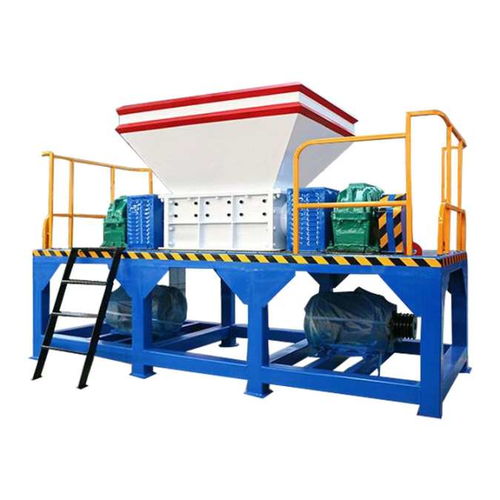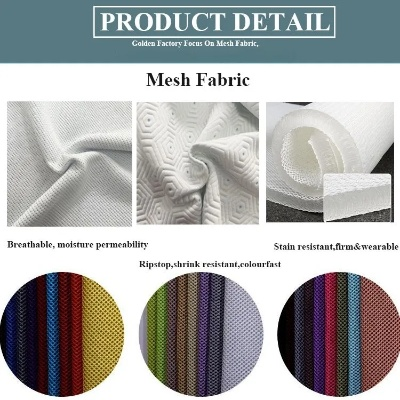The Hidden Dangers of Moisture in Textile Warehouses
: The Hidden Dangers of Moisture in Textile Warehouses,In the textile industry, moisture is a critical factor that can have significant impacts on the quality and safety of finished products. However, many warehouses fail to adequately address this issue, leading to hidden dangers that could compromise product integrity and consumer health. This paper explores the potential consequences of moisture in textile warehouses, including mold growth, color degradation, and increased risk of fire. It also highlights the importance of proper ventilation, temperature control, and regular inspections to prevent these issues from occurring. By understanding the risks associated with moisture and implementing effective controls, warehouse managers can ensure the safe and efficient storage of textile materials, ultimately benefiting both the industry and consumers.
Introduction: The textile industry is a vital part of our global economy, producing clothing, home furnishings, and other essential items that make up the fabric of modern life. However, with the constant demand for these products comes the need to maintain proper storage conditions to prevent damage and ensure quality. One of the most pressing issues facing many textile warehouses is moisture control, which can lead to mold growth, reduced product lifespan, and even health hazards if not properly managed. In this article, we will explore the hidden dangers of moisture in textile warehouses and how to mitigate them through effective storage practices.
Table: Common Moisture Control Issues in Textile Warehouses | Issue | Description | Prevention | Example | |------|-----------|----------|-------| | Moisture Buildup | Over-wetting of stored goods due to poor ventilation or humidity levels | Proper ventilation systems, regular monitoring of humidity levels, and regular drying cycles | Implementing a drying system at every stage of production and distribution | | Mold Growth | Prolonged exposure to damp environments promotes the growth of mold and mildew | Regular inspections and cleaning of storage areas, using antimicrobial treatments, and implementing mold-resistant materials | Using antimicrobial coatings on textiles and regularly cleaning the warehouse | | Fungus Spores | Fungi spores can be carried by air currents and cause contamination of stored goods | Regularly inspecting and cleaning storage areas, using air filtration systems, and implementing fungicide sprays | Installing HEPA filters in the warehouse to remove airborne particles | | Poor Ventilation | Inadequate air circulation can create an environment conducive to mold growth | Enhancing natural ventilation through windows and openings, using exhaust fans, and installing dehumidifiers | Creating an open layout with plenty of natural light and ventilation to minimize condensation and moisture buildup |
Mold and Mildew: A Health Hazard Mold and mildew are common in textile warehouses due to their ability to grow in damp environments. While some types of mold are harmless, others can produce allergens or cause respiratory problems in humans. In addition to the health risks associated with mold exposure, some mold species can also produce harmful chemicals that can damage stored textiles. For example, Stachybotrys, a type of mold commonly found in textile warehouses, has been linked to the degradation of cotton fabrics.
Case Study: The Impact of Moisture Control on a Textile Company's Product Quality In 2019, a major textile company experienced significant losses due to mold growth in their warehouse. The company had been experiencing moisture issues in their storage facilities for several years, but they did not take the problem seriously until it led to a loss of $5 million worth of inventory. The mold outbreak was traced back to a poorly maintained ventilation system and a lack of proper moisture control measures. The affected textiles were damaged beyond repair, leading to a significant drop in sales and customer trust.

Conclusion: The importance of moisture control cannot be overstated in the textile industry. By implementing effective storage practices and maintaining proper ventilation systems, businesses can prevent mold growth, protect their products from damage, and maintain high levels of customer satisfaction. It is crucial for textile companies to prioritize moisture control as part of their overall quality management strategy. By doing so, they can avoid costly losses and maintain their competitive edge in the market.
纺织品仓库的照片引发了广泛关注,照片中展示的是仓库内纺织品发霉的现象,令人担忧其可能带来的损失和影响。
以下是以纺织品仓库发霉照片为主题的英文口语化内容:
纺织品仓库的照片引发了大家的关注,照片中显示,仓库内的纺织品出现了发霉现象,这无疑给仓库管理和运营带来了不小的挑战。
为了更好地了解这一情况,我们可以通过以下表格和案例来详细说明:

表格说明:
| 类别 | 信息 |
|---|---|
| 照片展示内容 | 纺织品仓库发霉照片 |
| 时间节点 | 近日 |
| 背景情况 | 仓库管理不善、湿度控制不当等可能导致发霉的因素 |
| 具体表现 | 纺织品表面出现霉斑,影响外观和品质 |
案例说明:
近期某纺织品仓库管理不善,未能有效控制湿度,导致纺织品长时间处于潮湿环境中,随着时间的推移,霉菌开始滋生并蔓延至仓库内的纺织品,这不仅影响了仓库的正常运营,还可能对产品质量和安全性造成潜在威胁。
为了更好地应对这一情况,我们可以采取以下措施:
- 加强仓库湿度监控:定期检查仓库湿度情况,确保湿度控制在适宜范围内,安装合适的湿度监控设备,实时监测仓库湿度变化。
- 改善仓库通风条件:通过改善仓库通风条件,降低霉菌滋生的环境条件,可以增加通风口、安装排风扇等设备,提高仓库空气流通性。
- 定期清洁和消毒:对仓库内的设备和物品进行定期清洁和消毒,去除霉菌和其他污渍,可以使用专业的清洁剂和消毒剂,确保清洁彻底并有效杀灭霉菌。
- 加强员工培训:对仓库员工进行培训,提高他们对仓库管理和维护的意识和技能,让他们了解霉菌的危害和预防措施,提高他们对仓库环境的敏感性和责任感。
纺织品仓库发霉照片的曝光,提醒我们关注仓库管理和维护的重要性,为了确保仓库的正常运营和产品质量安全,我们需要采取有效的措施来应对这一问题,加强湿度监控、改善通风条件、定期清洁和消毒以及加强员工培训都是必要的措施,我们也需要持续关注仓库环境和条件的变化,及时发现并处理问题,我们才能确保纺织品仓库的正常运营和产品质量安全。
Articles related to the knowledge points of this article:
Top Ten Textile Brands in the Rankings
The Global Fabrics of Shenzhen:A Look at the International Textile Market



